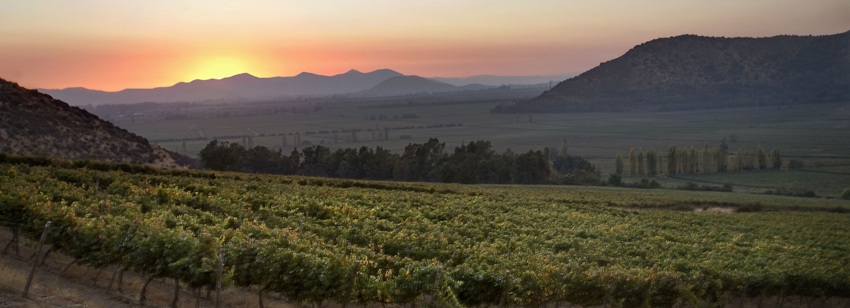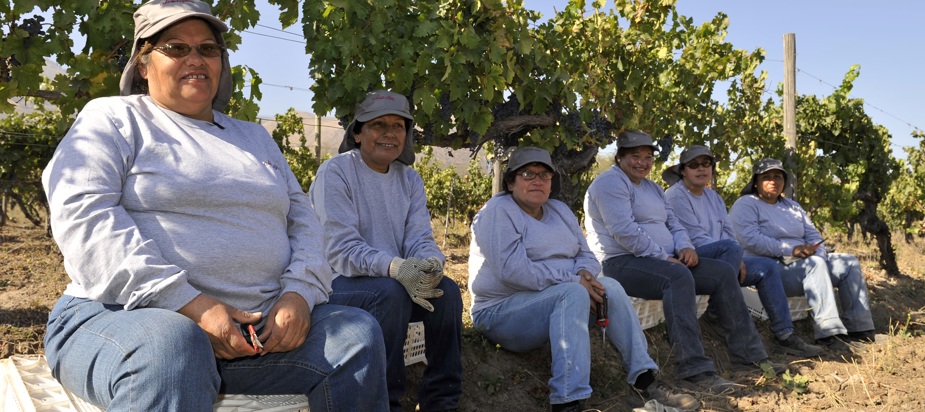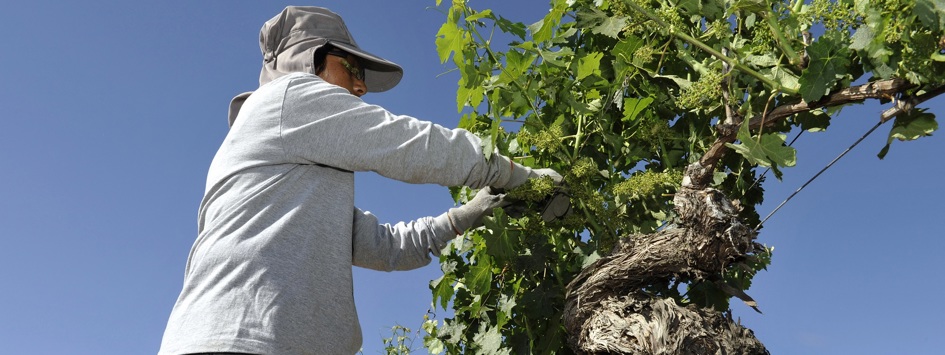Sustainable Mythbusters with Santa Rita
Sustainability: it's the buzzword of the moment, and wine producers across the globe are making increased efforts to 'go green' when it comes to their viticulture, operations, and philosophies.
But, with sustainability being such a broad term, it can be hard to define exactly what it actually encompasses - or, indeed, how to measure it. We caught up with leading Chilean producer Santa Rita, who are making waves across South America with their efforts towards sustainability, to break down some of the most common myths around mindful winemaking...

Located in the Maipo Valley, Santa Rita is one of Chile's leading sustainable wineries
Myth #1: Sustainability only matters to younger wineries and consumers
Incorrect. In fact, as the world becomes more concerned with sustainability, many traditional wineries are now adopting and integrating mindful practices - and some were doing so long before sustainability became the fashion. Santa Rita, a leader of sustainable winemaking in Chile, is one of the country's oldest wineries, having been established in 1880. An it's not just younger demographics enjoying the wines. As Chile's number one selling wine brand - as well as being consistently listed in Drinks International's Most Admired Wine Brands list - it's very clear that Santa Rita's sustainable approach is being appreciated across all age groups.
Myth #2: Being sustainable is all about being environmentally friendly
The furore around climate change might mean that people most commonly associate sustainability with the environment, but that's just one sphere of a much larger movement.
Consider Santa Rita's approach - one that won it an award for in The Drinks Business' 'Ethical Company of the Year' award in 2015, gaining commendation in the same category again in 2019. Its sustainability programme has three pillars: environmentally friendly practices, social equality, and economic viability. Each of these is believed necessary for both employee and employer, in order to protect the world for future generations.
The winery has several initiatives in place for its employees and their families, spanning health, wellbeing, education, and professional training. Santa Rita also runs projects highlighting the biodiversity of its homeland in the Maipo Valley, as well as offering local students technical internships, supporting small local businesses and sports teams, and even providing food banks for disadvantaged people. All this works to protect and sustain the local community around the winery, and guarantee its future.

Caring for its workers is just as important as environmental concerns to Santa Rita
Myth #3: Sustainable winemaking takes place entirely in the vineyards
While some practices associated with sustainable winemaking take place in the vineyards (for example, organics or biodynamics), what happens in the winery itself is just as important in the movement towards an environmentally friendly approach.
Sustainability is top of the agenda through every part of Santa Rita's winemaking process, from vine to bottle. In the vineyards, natural conservation and improvement of biodiversity is in lace across 1019ha, as is the use of herbicide-free surface areas, organic amendments in 11 vineyards, and the use of biodegradable materials to train vines. Within the winery walls, efficient energy systems are in place, as well as a project on solar energy that will be implemented over the next few years. Santa Rita has also been part of the Clean Production Agreement 'Zero Waste To Landfill' since 2019; they have reduced their monthly average waste volumes by an enormous 73% to date. Lightweight bottles and cases are used - 24% lighter than the norm - and logistics have been optimised across the entire supply chain, saving around 29,000 litres of fuel so far.
Myth #4: Sustainability is just a marketing term that doesn't mean anything
Incorrect! In Chile, there are clear terms for measuring and standardising sustainability in winemaking, laid out by the Chilean Wine Industry Sustainability Code - known as Sustentavid - and Santa Rita, along with its subsidiaries, was the first of Chile's major wine groups to attain sustainable certification.
How is it measured? Four areas are assessed across the winery: the vineyard, the wine bottling plant, tourist initiatives, and the social sector. All Chilean wineries are able to volunteer for assessment from Sustenavid, which was set up in 2011 to promote the sustainable use of natural resources and responsible production. Today, 79 companies in Chile are certified, and over 80% of bottled wine exports come from these.
In addition to that, official bodies like Wines of Chile work with producers on sustainable initiatives that can be measured. In late 2020, Santa Rita signed onto a project through Wines of Chile, in collaboration with Science Based Targets, to help them calculate their carbon footprint, from which they will set reduction targets.

Ensuring a sense of place is evident in the wines is key at Santa Rita
Myth #5: You have to forgo quality to make sustainable wine
Not true - and any of the fantastic wines in Santa Rita's range would demonstrate this. Among their wines and across the globe, sustainability in the winemaking process is in fact causing significant increases in quality, allowing wines to become more terroir-driven as producers focus on biodiversity and provenance. At Santa Rita, focus is on single vineyard plots and producing wines that express a sense of place - so it's clear why a sustainable approach works for its team. Distinctive, unique, and high-quality, its range are some of the bets on offer from Chile - and, as the winery itself states - this is at least in part due to an ongoing approach based around its land, innovation, research, and development.



